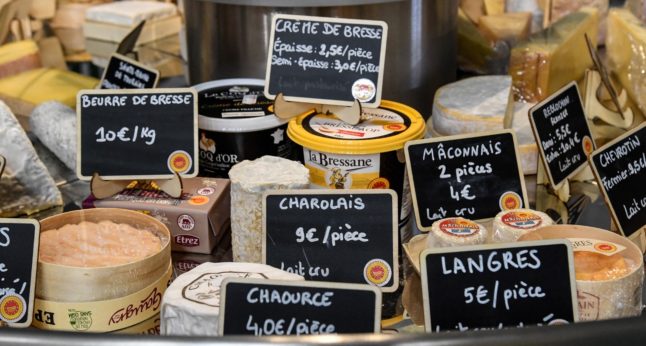Paris will soon be home to a cheese museum.
The venue, on Rue Saint-Louis en l’Île, in the fourth arrondissement, will open to visitors on June 3rd, sending – no doubt – clouds of cheesy odours wafting daily down the street.
It will be at the same location as the former restaurant ‘Nos Ancêtres Les Gaulois’ (Our ancestors the Gauls), with the objective of becoming “an essential meeting place” for cheese lovers, as well as both novices and professionals within the industry.
Here are a few things to know about the new cheese museum;
It will be interactive
Fans of camembert, chèvre, brie, morbier, Roquefort and brebis, assemble! The museum promises an educational and fully interactive tour of France’s historic cheese heritage, including the science and varied tradition of cheese-making.
The first portion will give an overview of the ‘culture’ of cheese. Then, you will learn about its history, as well as how it is made and finish off with a tasting (dégustation).
READ MORE: Best Briehaviour: Your guide to French cheese etiquette
There’s a dairy and creamery
Part of the tour features a fully functional dairy, where visitors can witness cheese being produced before their very eyes.
There are two goals for this part of the museum – to help people discover the different regions of France and their iconic cheeses, as well as to encourage young people to consider careers in the farming and dairy industry, which is enduring something of a recruitment crisis in France.
You will also be able to purchase cheese and souvenirs at the museum’s boutique.
It can host private events
The museum can be booked for private catered events for up to 150 people in the evenings, from 7pm, with or without the services of a cheese expert, who can guide guests through tastings and demonstrations.
READ ALSO 7 tips for buying French cheese
Tickets are advertised at €20 for adults and €10 for children. For more information and to book a visit, log on to website of the Musée Vivant du fromage. Blessed are the cheese makers!



 Please whitelist us to continue reading.
Please whitelist us to continue reading.
Member comments